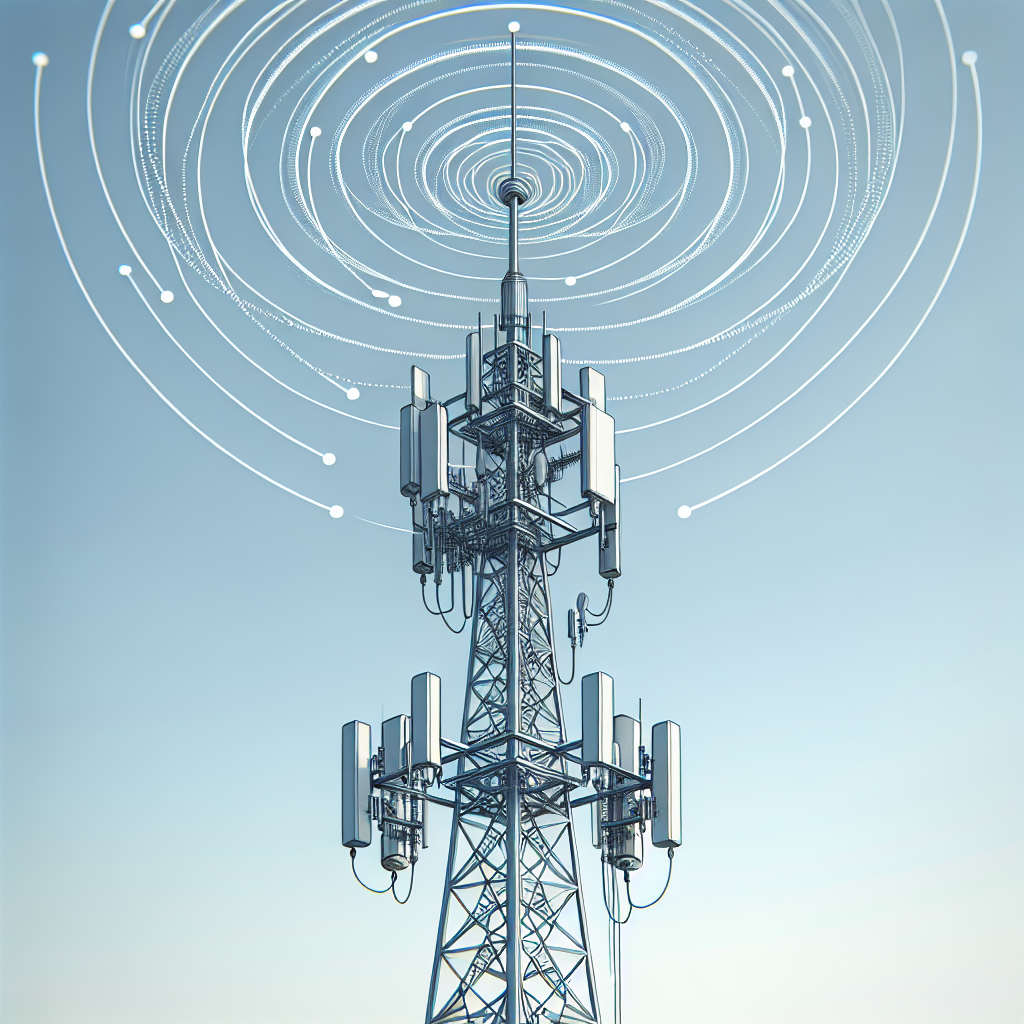IO-Link is a standardized, open communication protocol used primarily in industrial automation systems for connecting sensors, actuators, and other field devices to a control system. It operates on existing sensor and actuator wiring (such as 3-wire systems) and allows digital data exchange between the devices and a master control unit, typically a programmable logic controller (PLC).
Key Features of IO-Link:
- Bidirectional Communication: Unlike traditional systems where only unidirectional signals (like a simple on/off state) are sent, IO-Link enables both sending and receiving data, including device status, diagnostic information, and configuration details.
- Point-to-Point Protocol: IO-Link operates as a point-to-point communication system between an IO-Link master and an IO-Link device, meaning each connection is dedicated between the master and its individual device.
- Parameterization and Diagnostics: IO-Link allows remote configuration of devices and real-time monitoring of their status. This feature aids in reducing downtime by providing early warning of potential device failure or performance issues.
- Backward Compatibility: IO-Link can be used with standard sensor/actuator connections, meaning it doesn’t require specialized cabling or connectors, making it easier to implement in existing systems.
- Flexible and Scalable: IO-Link can be integrated into a range of fieldbuses and protocols, such as PROFIBUS, PROFINET, Ethernet/IP, and others, offering flexibility in automation systems.
- Cost Efficiency: Since it uses standard 3-wire sensor cables, it’s cost-effective to install and maintain compared to other communication protocols that might require more complex wiring.
Use Cases:
- Smart sensors: Adjust sensor parameters remotely to fit specific application needs without needing to access the sensor physically.
- Predictive maintenance: Collect diagnostic data to predict and prevent equipment failures.
- Automatic reconfiguration: When a device is replaced, the IO-Link master can automatically configure the new device with the correct settings.
IO-Link simplifies the integration of field devices into automation systems, making them more intelligent and adaptable.

